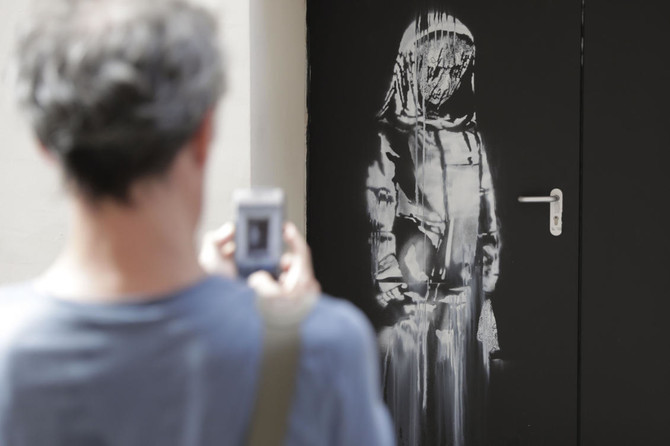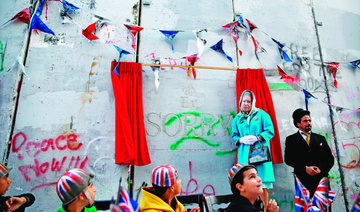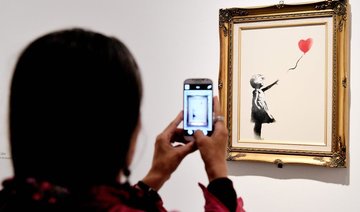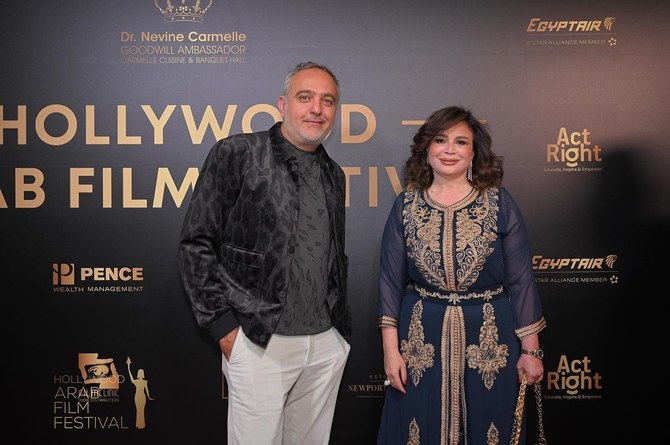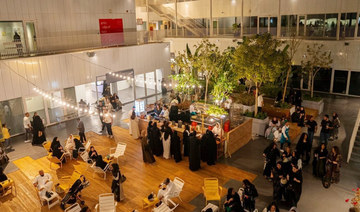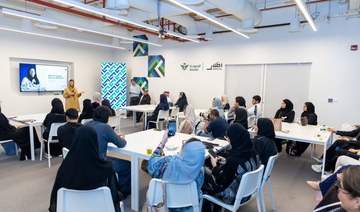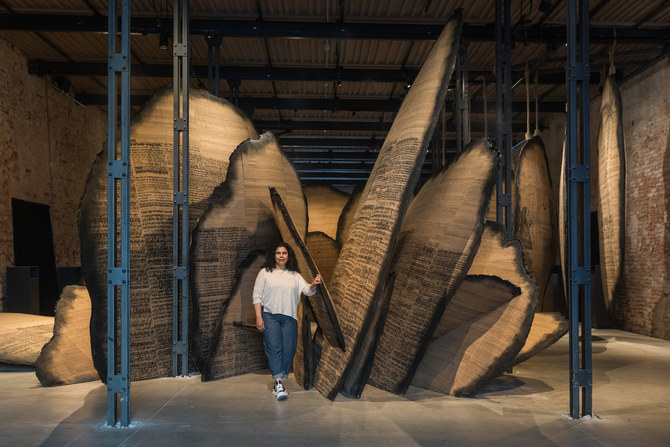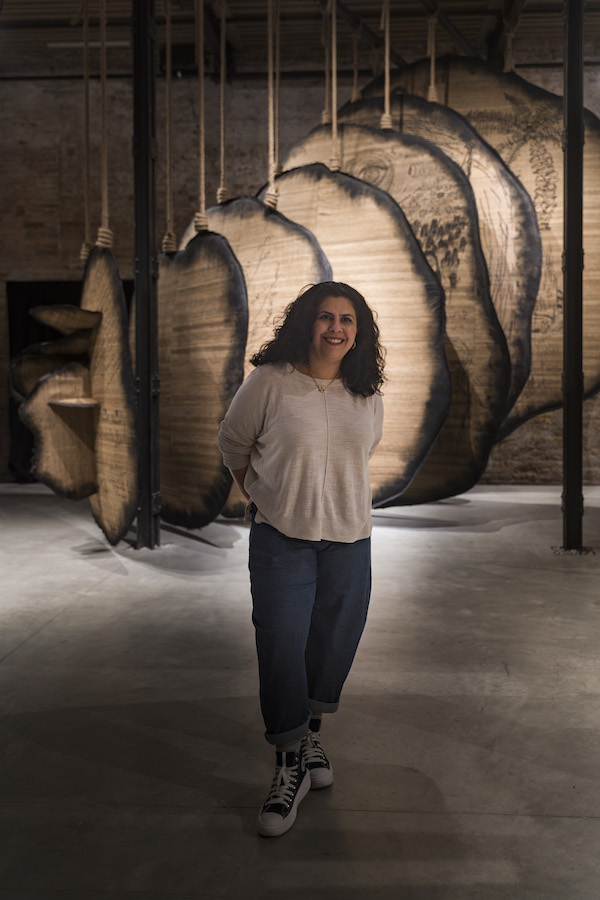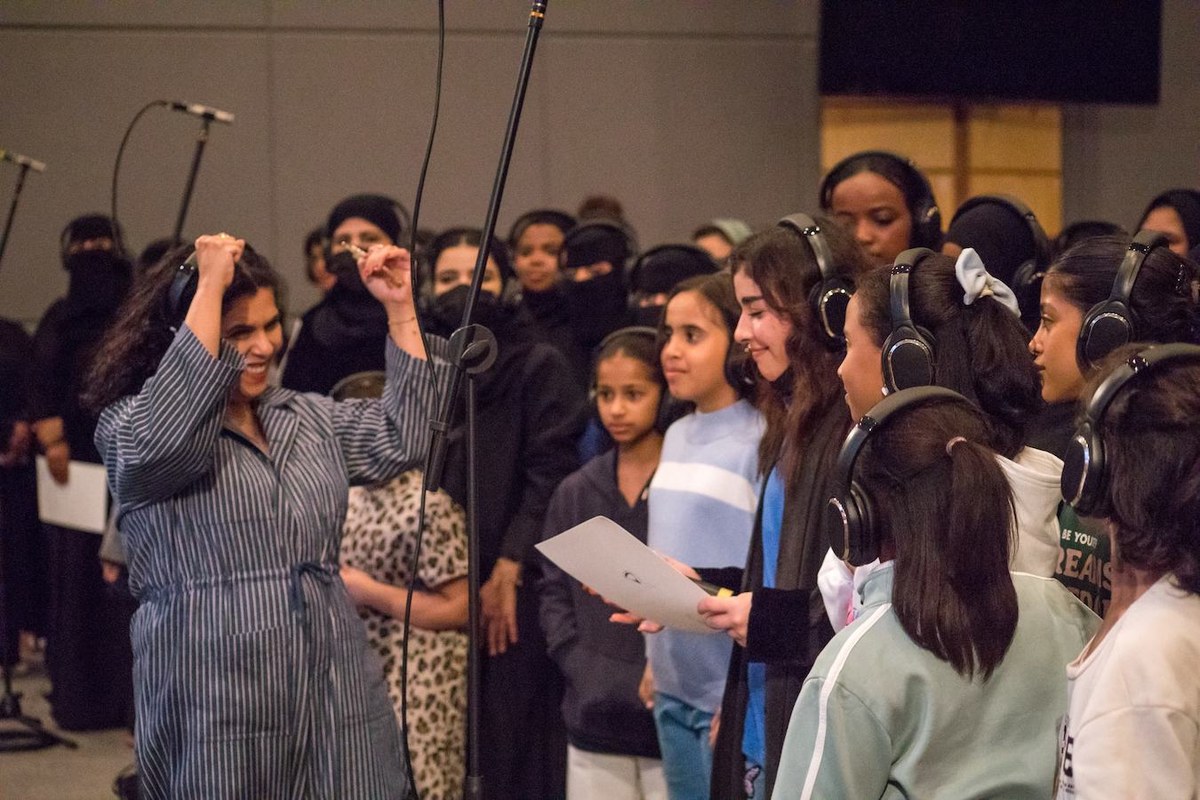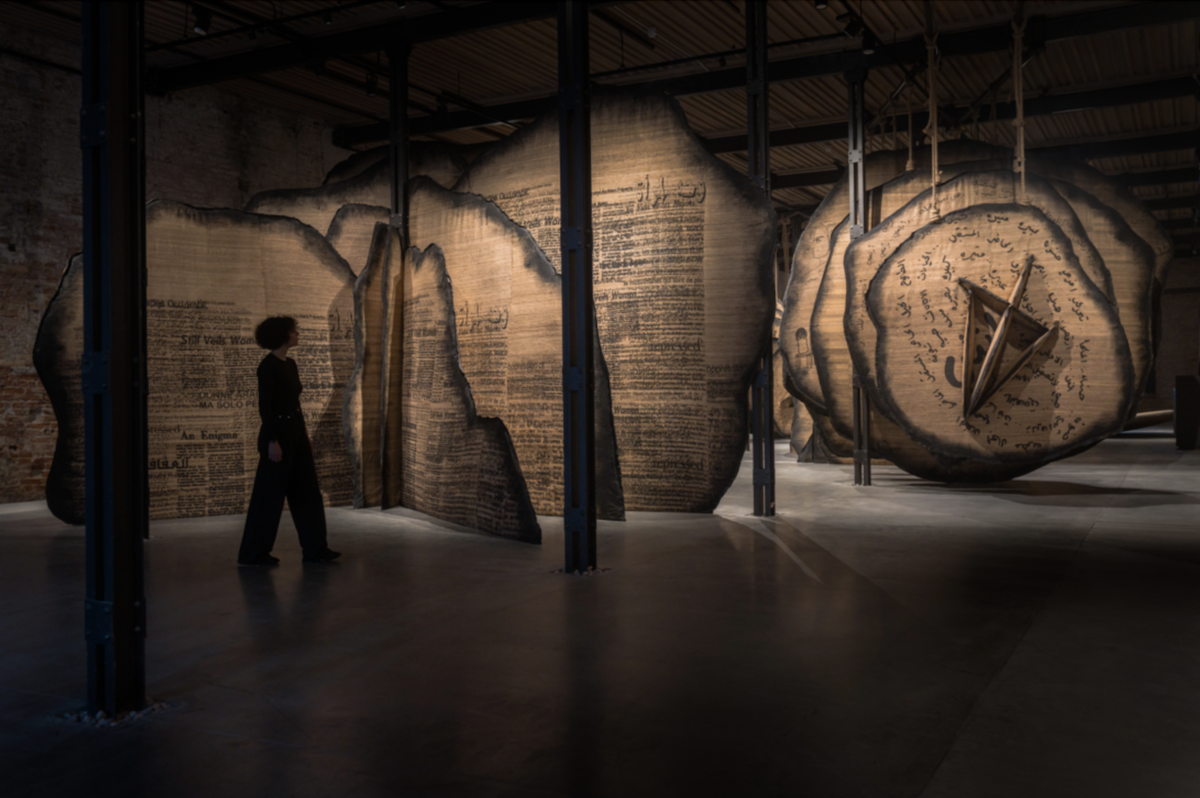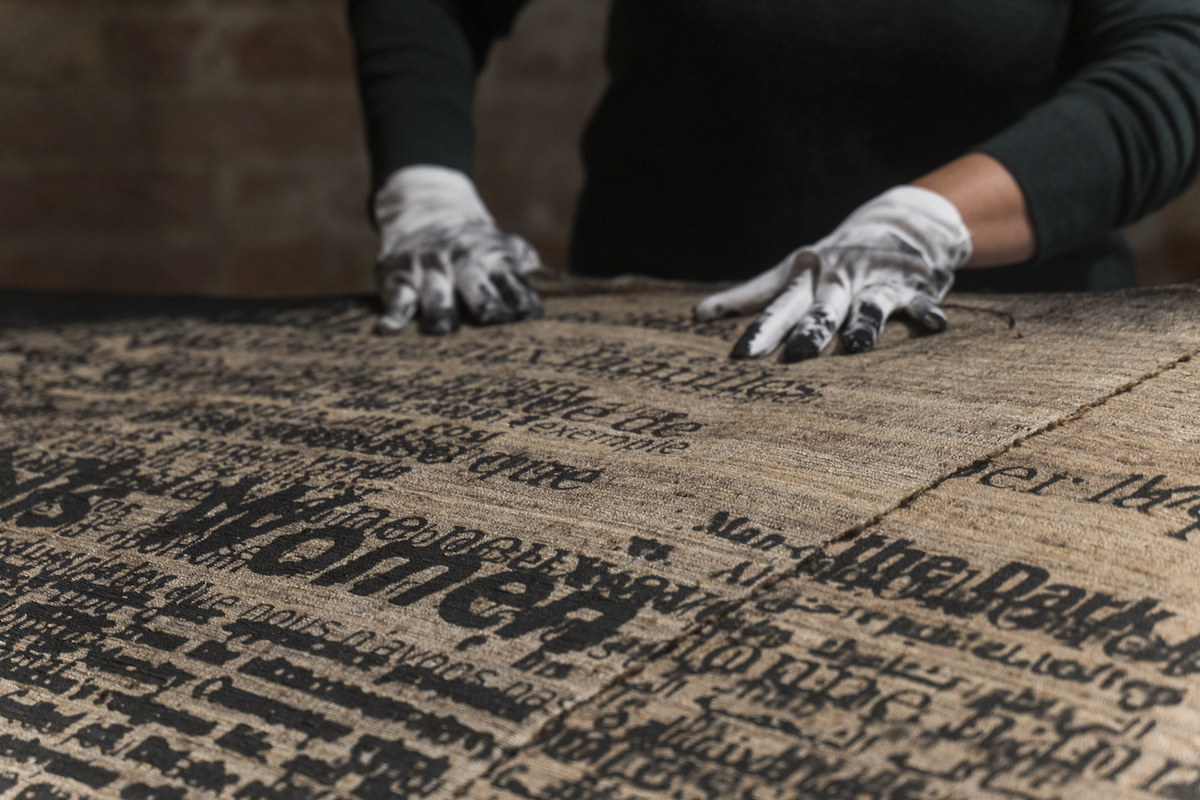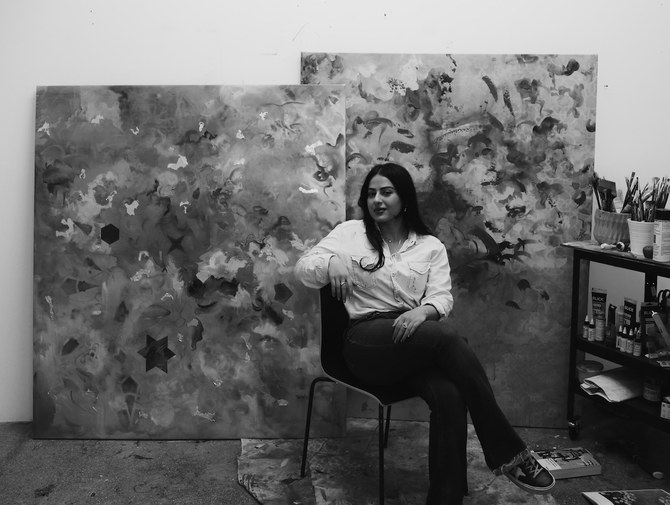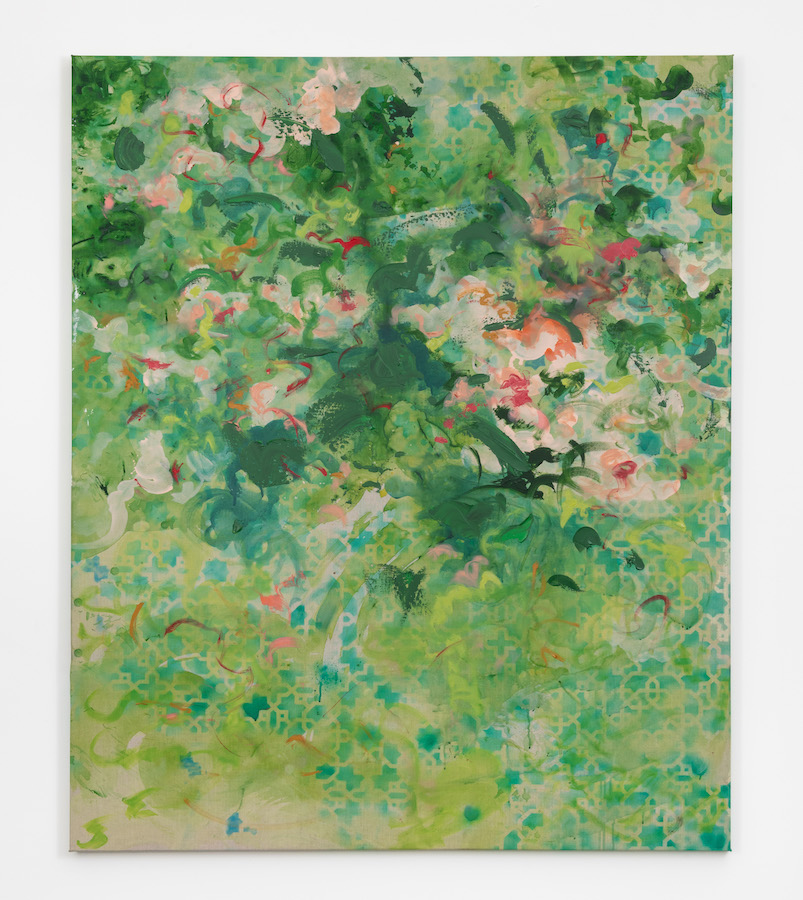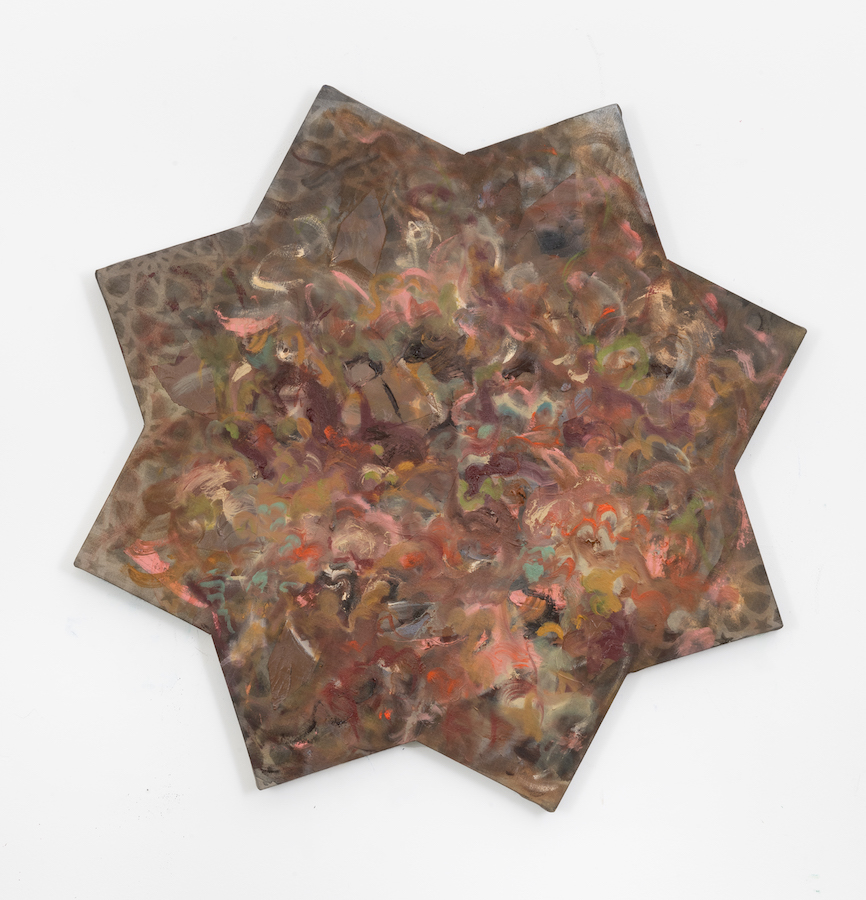Paris-An image of a woman veiled in mourning appeared next to the Bataclan concert hall in Paris Monday, the latest attributed to the mysterious British street artist Banksy.
The stencilled mural next to the emergency exit from which hundreds fled the massacre by jihadist gunman in 2015, is the eighth apparently created by the artist in the French capital in recent days.
Ninety people died inside the venue in the attack claimed the Daesh group during a concert by the US group Eagles of Death Metal.
Some saw the piece as a poignant farewell to the city by the world’s most famous graffiti artist, who earlier took aim at the French government’s crackdown on migrants in another more elaborate work close to a former refugee reception center.
It shows a young black girl spraying a pink wallpaper pattern over a swastika on a wall next to her sleeping bag and teddy bear in an attempt to make her patch of pavement more cosy.
Eritrean refugees Ibrahim and Goitom, who have been sleeping next to the mural at Porte de la Chapelle in northern Paris, said they had never heard of Banksy.
After being told that the artist’s work has sold for more than $1 million, Ibrahim — who said he could not remember when he had last slept in a bed — said that he would protect it.
The refugee cause
“You can tell Mister Banksy that we will look after it. We will not let anyone touch it,” he told AFP Sunday.
“He is trying to help refugees. No many people want to help us.”
Nevertheless, part of the mural was sprayed with blue paint on Sunday night, covering the swastika and the girl’s head and torso.
Fans of the artist started covering some of the other new works with Plexiglass on Monday to protect them.
Banksy, a long-time supporter of the refugee cause, has yet to confirm the works are his.
The refugee shelter known as “The Bubble” was controversially closed in March despite protests from the city’s Socialist mayor Anne Hidalgo.
She hailed Banksy’s intervention Monday. “Sometimes an image is worth a thousand words. Humanity and pragmatism rather than populism,” she tweeted in a dig at French President Emmanuel Macron, who had argued the shelter was making Paris a magnet for migrants.
Since its closure around 2,000 migrants, including children and teenagers, have been sleeping rough along canals and under motorway bridges.
Banksy, who often makes powerful political messages through his work, has never before worked in Paris.
However, he crossed the English Channel to paint in the northern port of Calais in 2015, where a number of “Jungle” camps built by migrants trying to get to Britain have been razed by the authorities.
One mural, “The Son of a Migrant from Syria,” depicted Apple co-founder Steve Jobs — who was of Syrian descent — carrying a knapsack and an Apple computer.
France’s niqab ban
The biggest of the new works in Paris shows Napoleon rearing his horse as he crosses the Alps to invade Italy in 1800, his face and body wrapped in his red cloak.
The pastiche of David’s canvass, one of the most iconic in French 19th-century art, has been taken as a cutting take on France’s ban on the niqab and other Islamic veils that cover the face.
Another image near the Sorbonne university on the Left Bank — which was rocked by a student uprising 50 years ago — appeared to be a dig at the death of French revolutionary spirit.
One of Banksy’s trademark rats — his avatar for wronged ordinary people — sits under the legend “May 1968” wearing a Minnie Mouse bow. The Disneyland Paris theme park just outside the French capital is now one of its biggest employers.
A nearby mural in the Latin Quarter shows a businessman or a politician in a suit offering a dog a bone having first sawn the animal’s leg off.
Two more Banksy rats appear in further images discovered this weekend, one dynamiting a road sign and another riding a popped cork from a champagne bottle.
Art historian and street art expert Paul Ardenne told AFP that the Paris murals were very much in Banksy’s style.
“The color, the line, the subject and the way he has adapted the images from photos... all point to them being his. There is a very particular signature. If (the mural of the girl) is not by Banksy, it is a very good copy,” he said.
Many believe Banksy to be musician Robert Del Naja, a 52-year-old member of the Bristol-based trip hop trio Massive Attack.
The band are playing the French city of Lyon on Sunday.


